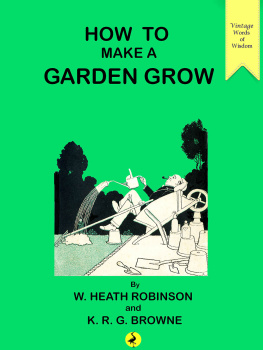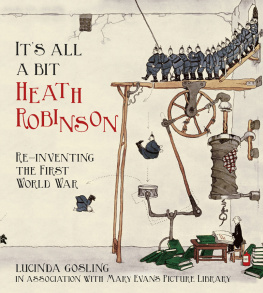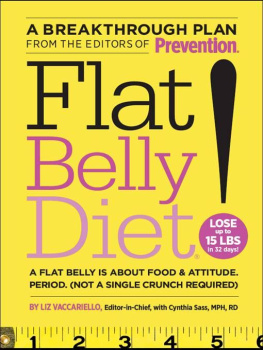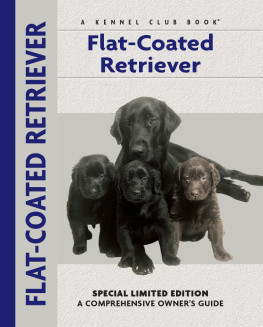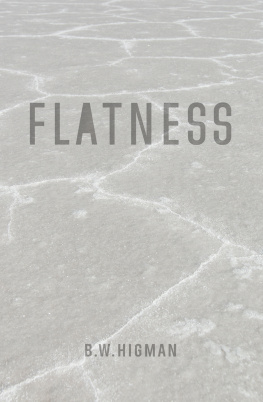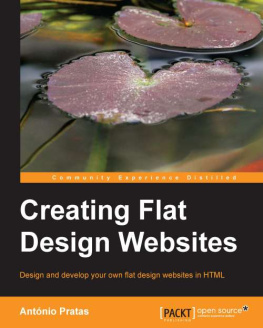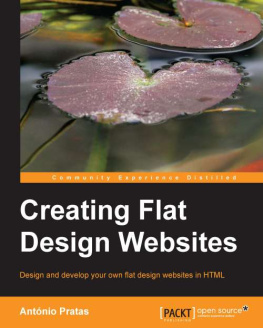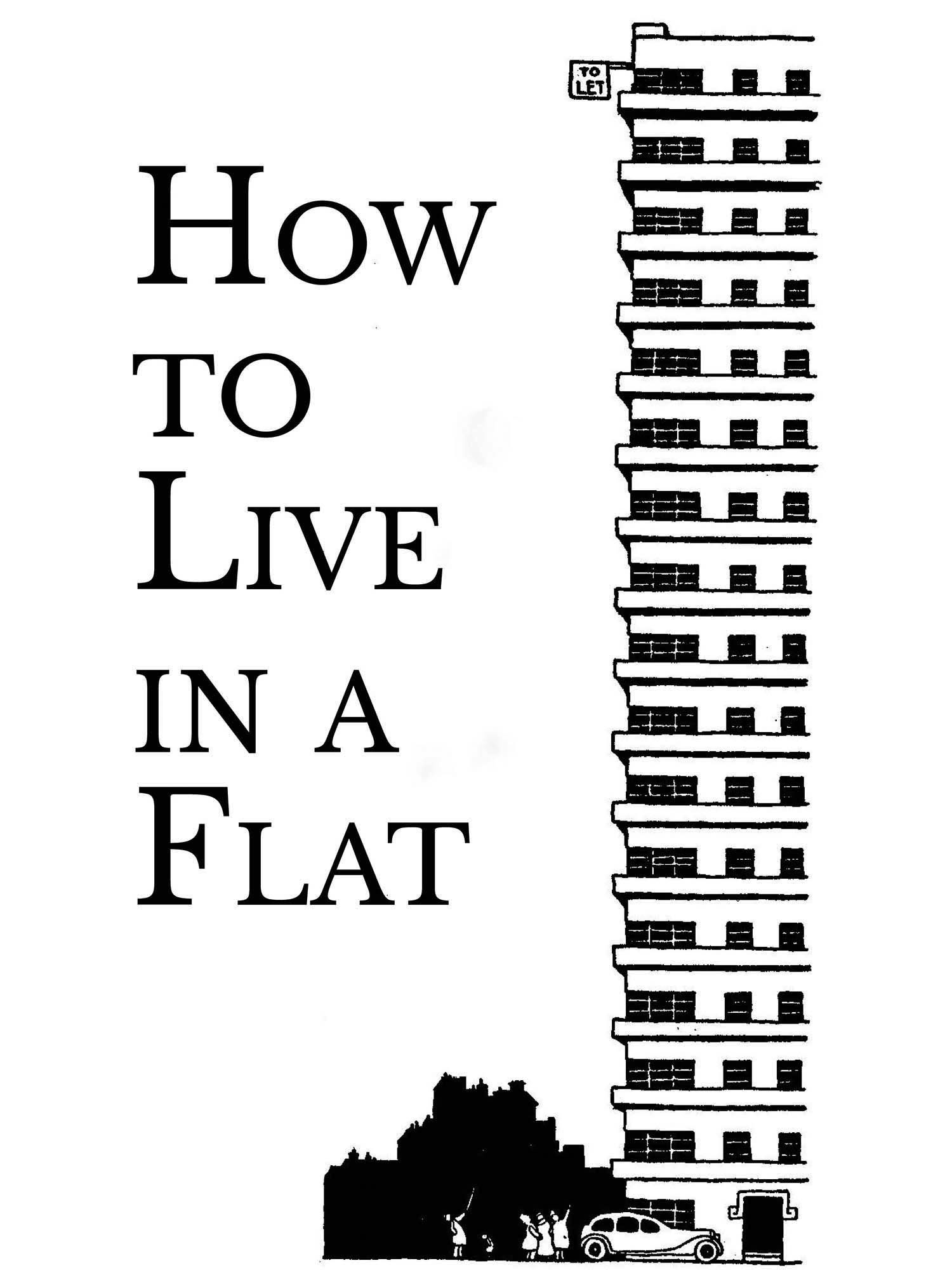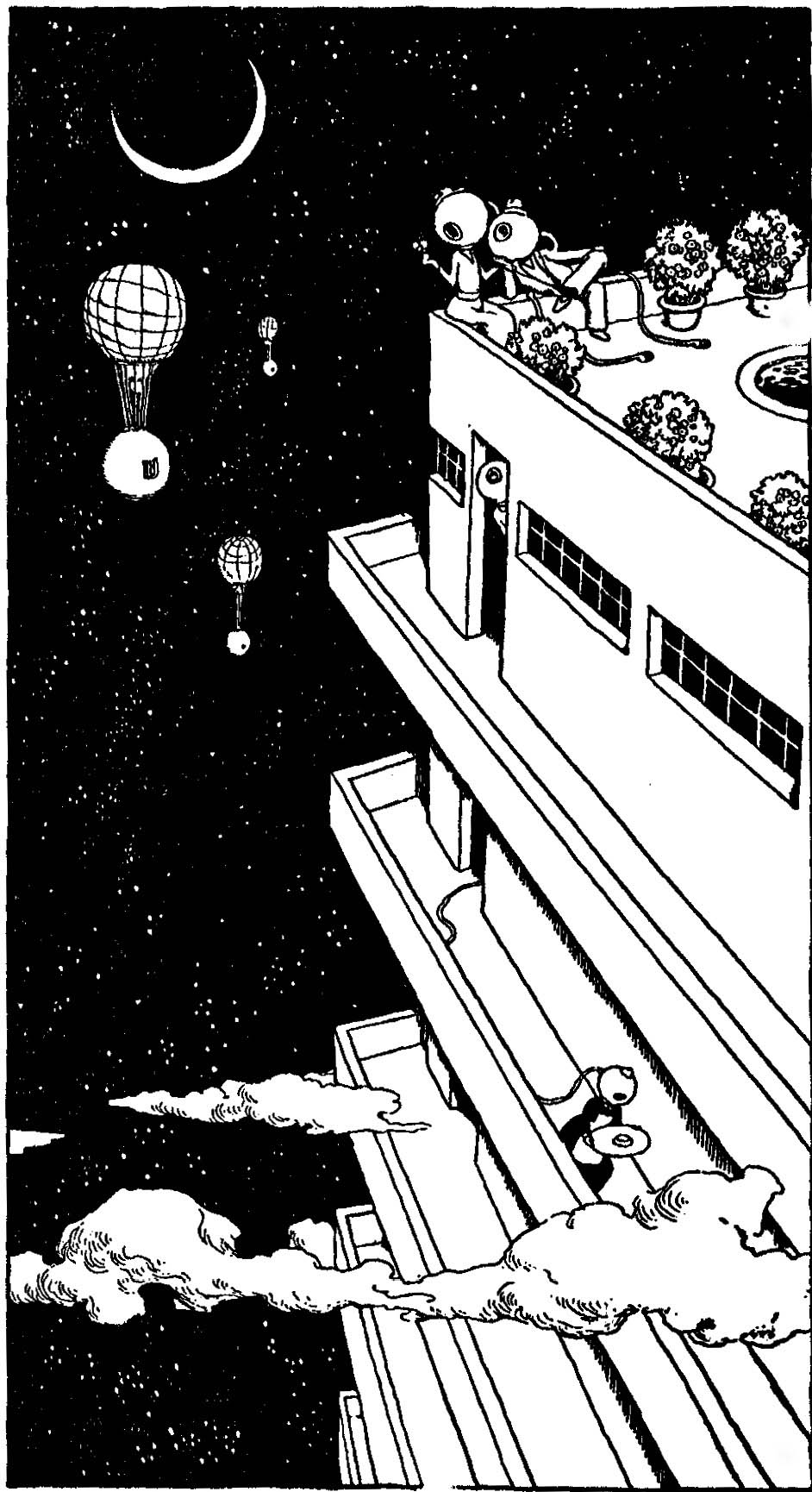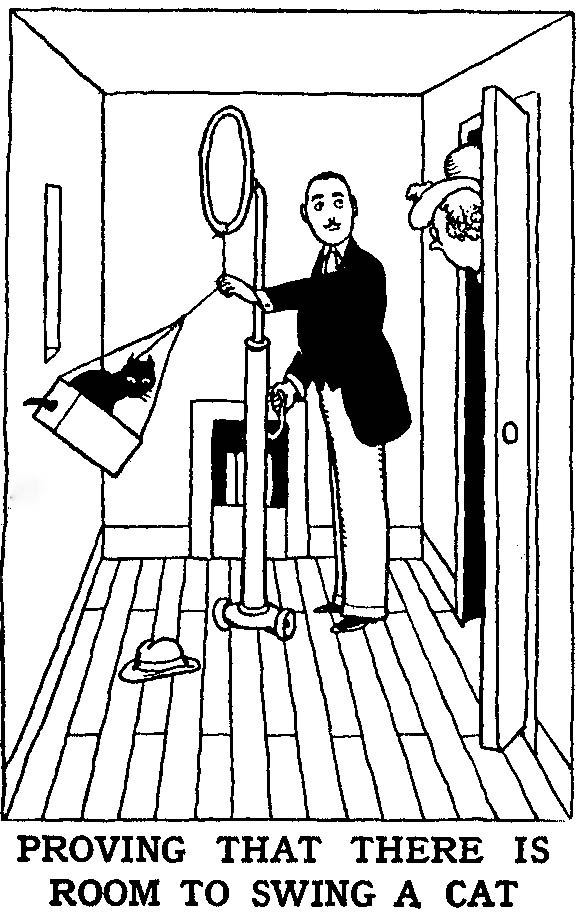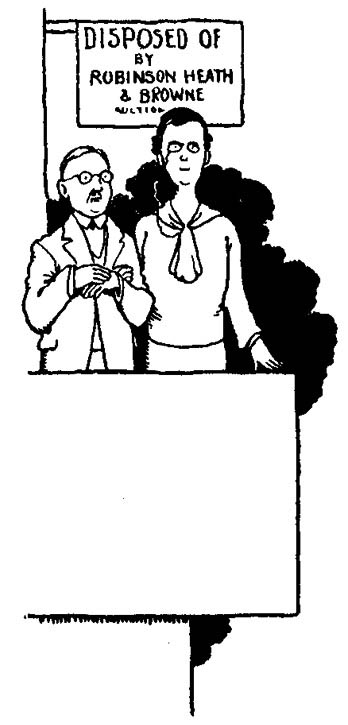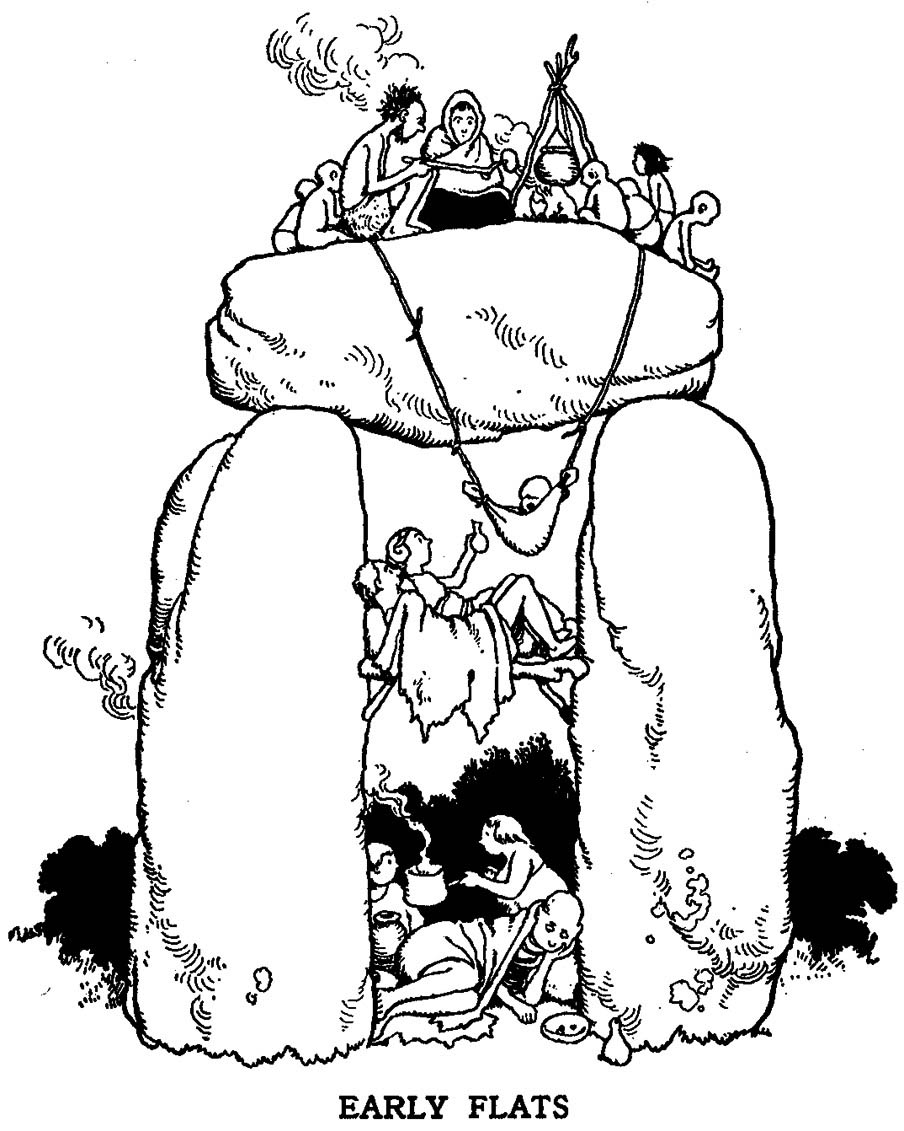William Heath Robinson - How to Live in a Flat
Here you can read online William Heath Robinson - How to Live in a Flat full text of the book (entire story) in english for free. Download pdf and epub, get meaning, cover and reviews about this ebook. year: 2014, publisher: RHE Media Limited, genre: Detective and thriller. Description of the work, (preface) as well as reviews are available. Best literature library LitArk.com created for fans of good reading and offers a wide selection of genres:
Romance novel
Science fiction
Adventure
Detective
Science
History
Home and family
Prose
Art
Politics
Computer
Non-fiction
Religion
Business
Children
Humor
Choose a favorite category and find really read worthwhile books. Enjoy immersion in the world of imagination, feel the emotions of the characters or learn something new for yourself, make an fascinating discovery.
- Book:How to Live in a Flat
- Author:
- Publisher:RHE Media Limited
- Genre:
- Year:2014
- Rating:3 / 5
- Favourites:Add to favourites
- Your mark:
How to Live in a Flat: summary, description and annotation
We offer to read an annotation, description, summary or preface (depends on what the author of the book "How to Live in a Flat" wrote himself). If you haven't found the necessary information about the book — write in the comments, we will try to find it.
How to Live in a Flat, if posed as a question, is worth asking today with so many articles on tiny flats with hugely inflated price tags in the newspapers. Flat-dwellers were faced with very similar problems in 1936. During 1932 and 1933 Heath Robinson had drawn a series of cartoons for The Sketch titled Flat Life, which depicted various gadgets designed to make the most of the limited space available in the contemporary flat. It was this series of drawings that provided K. R. G. Browne and W. Heath Robinson with the inspiration for their first full-length book together. It was called How to Live in a Flat and, as well as greatly extending the original ideas showing many ingenious ways of overcoming the problems caused by lack of space in flats and bungalows, the book also provided much fun at the expense of the more extreme designs in thirties furniture and architecture. The book was published for Christmas 1936 and was well received.
How to Live in a Flat is surprisingly relevant to life in Britain in 2014. In fact, several of Heath Robinsons space-economising solutions have been used in practice to maximise the use of space in small flats. We have beds that fold down from wardrobes fully-made and ready to sleep in, communal rubbish shoots, central heating and multi-purpose furniture. So Heath Robinson was way ahead of his time and reading How to Live in a Flat may spark other innovative solutions to making life bearable in a tiny twenty-first century home!
If, in addition to being a flat-dweller (perhaps in a garden flat), you are also married with a car and you play golf then you will find much to amuse and inform you in our other titles by Heath Robinson and K. R. G. Browne:
- How to Make a Garden Grow
- How to be a Motorist
- Humours of Golf
All our Heath Robinson titles include a Foreword by Geoffrey Beare, Trustee of the William Heath Robinson Trust, who is working to build a Heath Robinson museum in North London.
William Heath Robinson: author's other books
Who wrote How to Live in a Flat? Find out the surname, the name of the author of the book and a list of all author's works by series.


